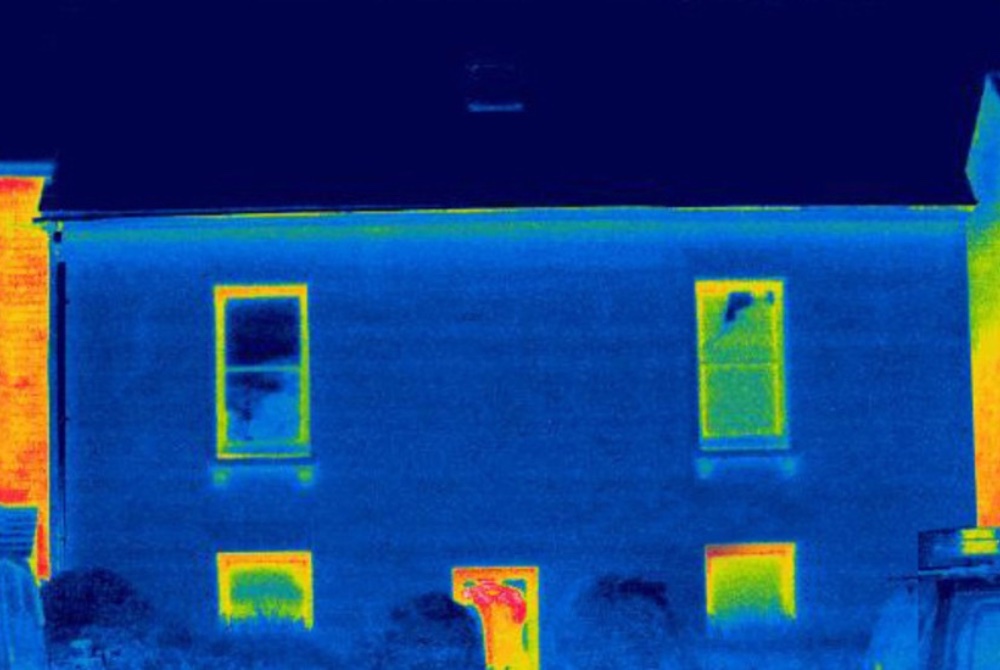
Unveiling the Power of Psi Values in Building Design and Energy Efficiency
ATSPACE / 27-06-2023Trusted by 9K+ businesses



In the realm of sustainable construction and energy efficiency, an often overlooked but crucial factor is the utilisation of psi values. These values play a significant role in determining heat loss and thermal bridging within buildings. By comprehending the concept of psi values and implementing them effectively, architects, engineers, and builders can contribute to creating more energy-efficient and comfortable spaces. In this blog, we will explore the significance of psi values in building design and delve into the ways they can be optimised for maximum energy performance.
Understanding Psi Values:
Psi values, also known as linear thermal transmittance or Ψ-values, quantify the amount of heat that passes through a thermal bridge within a building's envelope. Thermal bridges are areas where heat can easily escape or infiltrate a structure, leading to energy loss, increased energy consumption, and decreased comfort levels for occupants.
These thermal bridges can occur at junctions where different building elements meet, such as wall-to-roof connections, window frames, or floor-to-wall intersections. Psi values are measured in Watts per metre Kelvin (W/mK) and indicate the amount of heat conducted through a thermal bridge per metre of length, per degree of temperature difference.
Significance in Building Design:
Energy Efficiency: Psi values provide essential information to designers and engineers, allowing them to identify areas of potential heat loss and implement effective insulation strategies. By reducing thermal bridging, energy consumption can be minimised, resulting in lower heating and cooling costs and a reduced environmental footprint.
Condensation Risk: Another crucial aspect is the prevention of condensation, as thermal bridges can lead to moisture buildup within a building envelope. Excessive condensation can cause mould growth, structural damage, and negatively impact indoor air quality. By accurately considering psi values, designers can mitigate condensation risks and ensure a healthier living environment.
Optimising Psi Values:
High-Quality Insulation: To minimise heat loss through thermal bridges, high-quality insulation materials should be utilised. Insulation acts as a barrier, reducing the transfer of heat across building elements and thereby improving the overall thermal performance.
Improved Construction Techniques: Efficient construction techniques, such as the use of thermal breaks, can significantly reduce psi values. Employing materials with low thermal conductivity and incorporating design features that minimise heat transfer can enhance energy efficiency and occupant comfort.
Computational Modelling: Utilising advanced computational modelling tools allows architects and engineers to simulate and predict heat flow within a building. This enables the identification of potential thermal bridges early in the design stage, facilitating the implementation of appropriate measures to optimise psi values.
Conclusion:
When it comes to constructing energy-efficient buildings, psi values play a critical role in assessing thermal bridging and heat loss. By considering psi values during the design and construction phases, professionals in the building industry can significantly improve energy efficiency, reduce carbon emissions, and enhance occupant comfort. Understanding the impact of thermal bridges and implementing strategies to minimise their effects paves the way for sustainable construction practices, leading to a greener future and healthier living spaces for all.
